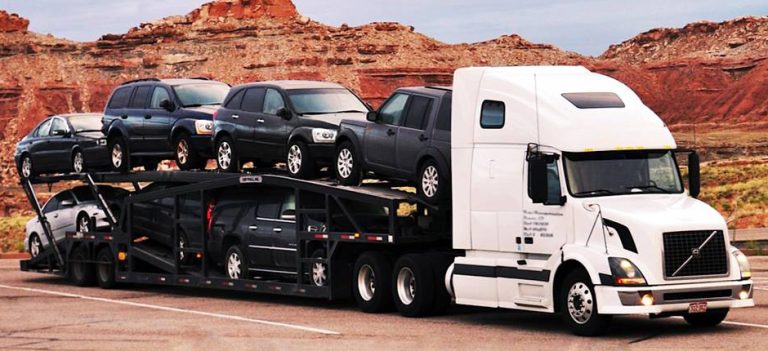In the ever-evolving automotive industry, the logistics of moving vehicles from manufacturers to dealerships or across long distances has become an intricate dance of efficiency and precision. At the heart of this process are the unsung heroes known as car transporters, the giants of the road that ensure our beloved vehicles reach their destinations unscathed. In this blog, we’ll explore the fascinating world of car transporters, shedding light on the essential role they play in keeping the wheels of the automotive world turning.
The Backbone of Automotive Logistics: Car transporters, also commonly referred to as car carriers or auto haulers, serve as the backbone of automotive logistics. These specialized trucks are designed to transport multiple vehicles at once, making them a crucial link in the supply chain. Whether it’s moving cars from manufacturing plants to dealerships, delivering fleets to rental agencies, or transporting vehicles for relocation, car transporters are the silent workhorses that make it all possible.
Types of Car Transporters: Car transporters come in various shapes and sizes, catering to different needs within the industry. The two main types are open and enclosed transporters.
- Open Car Transporters: These are the more common and cost-effective option. Open car transporters typically have two levels, with cars loaded onto racks. While this type of transporter is exposed to the elements, it’s highly efficient for moving large quantities of vehicles over relatively short distances.
- Enclosed Car Transporters: For high-end or specialty vehicles that require extra protection, enclosed car transporters are the preferred choice. These trailers shield the vehicles from the elements, providing a secure and climate-controlled environment during transit. This is particularly crucial for luxury cars, vintage automobiles, or prototypes that demand the utmost care.
The Logistics of Loading and Unloading: Loading and unloading vehicles onto car transporters is a delicate process that requires skill and precision. Hydraulic ramps and specialized equipment are used to ensure that cars are loaded and secured without any damage. Drivers are trained to handle various types of vehicles, from compact cars to SUVs and even motorcycles, ensuring a safe journey for each vehicle on board.
The Role of Technology: In the modern era, technology has significantly enhanced the efficiency and safety of car transporters. GPS tracking systems allow companies to monitor the location and progress of each vehicle in real-time. Advanced security measures, such as surveillance cameras and secure storage facilities, help prevent theft or damage during transit.
Challenges and Innovations: While car transporters play a crucial role in the automotive ecosystem, they also face challenges. Traffic congestion, adverse weather conditions, and varying regulations across different regions can complicate their operations. Innovations such as autonomous driving technology and alternative fuels are being explored to address these challenges and make car transporters even more sustainable and efficient.
